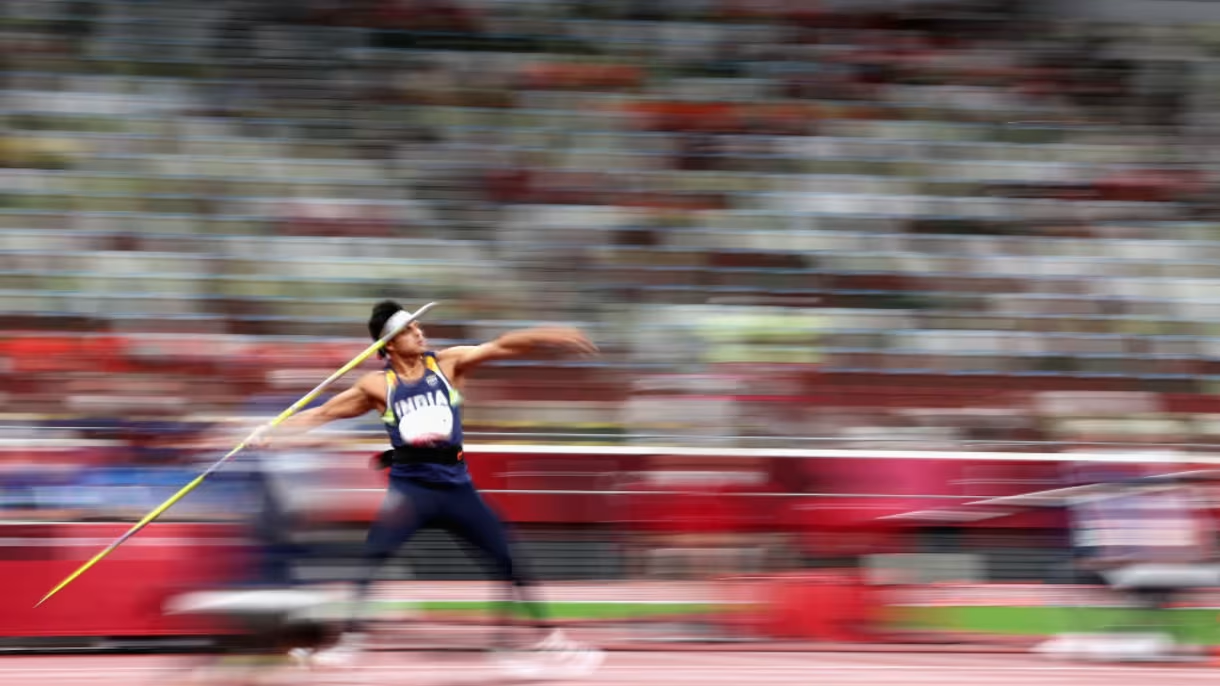amicitaacademy.com – Badminton is one of the fastest-paced racket sports, requiring agility, precision, and strategic gameplay. Whether played at a casual, competitive, or professional level, the sport follows well-defined formats and scoring systems that govern matches worldwide. This article provides an in-depth look at the various formats of badminton and the official scoring system used in international tournaments.
1. Badminton Match Formats
Badminton can be played in different formats, each with unique rules and strategies. The most common match formats include:
A. Singles (Men’s and Women’s Singles)
- Played one-on-one between two players.
- Requires excellent footwork and endurance due to the need to cover the entire court alone.
B. Doubles (Men’s, Women’s, and Mixed Doubles)
- Played between two teams of two players each.
- In mixed doubles, each team consists of one male and one female player.
- Strategy revolves around teamwork, coordination, and court positioning.
C. Team Events
- Team-based competitions such as the Thomas Cup (Men’s), Uber Cup (Women’s), and Sudirman Cup (Mixed Teams) involve multiple matches between countries.
- Teams compete in a series of singles and doubles matches to determine the overall winner.
2. Official Scoring System in Badminton
The Badminton World Federation (BWF), the sport’s governing body, follows a standardized rally-point system to determine match winners.
A. Basic Rules of Scoring
- A match is played in a best-of-three games format.
- Each game is played to 21 points.
- A point is awarded on every rally (rally-point scoring), regardless of which player or team served.
- A player or team must win by at least two points. If the score reaches 20-20, the game continues until one side gains a two-point lead (e.g., 22-20, 23-21).
- If the score reaches 29-29, the next point decides the game (30-29 is the maximum score).
B. Serving Rules and Scoring
- The server wins a point if the opponent fails to return the shuttlecock within the court boundaries.
- The receiver wins a point if the server commits a fault (e.g., incorrect serve, shuttle hitting the net).
- In singles, the server stands in the right service court when their score is even and in the left service court when their score is odd.
- In doubles, serving alternates between players within the same team, depending on whether the serving side wins or loses a rally.
C. Intervals and Change of Sides
- Players get a 60-second break when one side reaches 11 points in a game.
- A 2-minute interval is given between games.
- Players change sides after each game, and in the third game (if played), they switch sides when one player/team reaches 11 points.
3. Alternative Scoring Systems (Historical & Experimental)
While the 21-point rally system is the standard today, badminton has experimented with different scoring methods in the past:
A. 15-Point Traditional System (Before 2006)
- Used in men’s singles and all doubles events.
- Points could only be won on one’s own serve (service-point system).
- Games were played to 15 points, except women’s singles, which was played to 11 points.
B. 11-Point Best of Five Games (Trial System, 2014-2018)
- Matches played in best-of-five games instead of best-of-three.
- Each game was played to 11 points.
- Used in experimental tournaments but was never officially adopted by BWF.
Conclusion
Badminton’s scoring system and match formats have evolved to create a fast-paced and exciting experience for both players and spectators. The 21-point rally system is now the global standard, ensuring consistency in international competitions. Whether playing singles or doubles, understanding these rules enhances strategic gameplay and appreciation for the sport.






